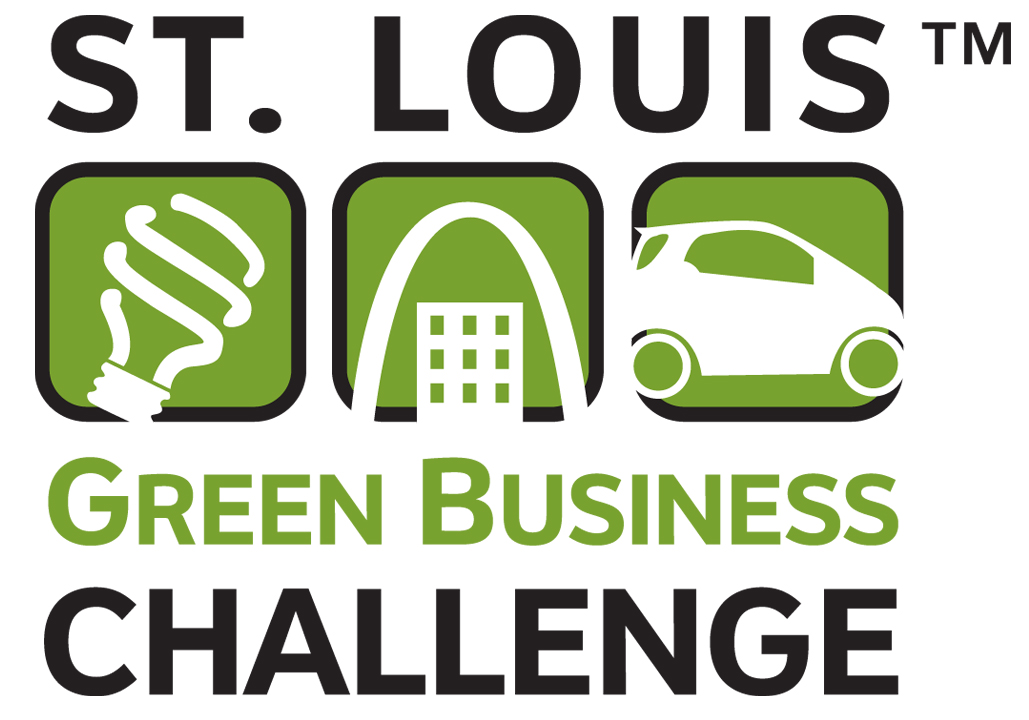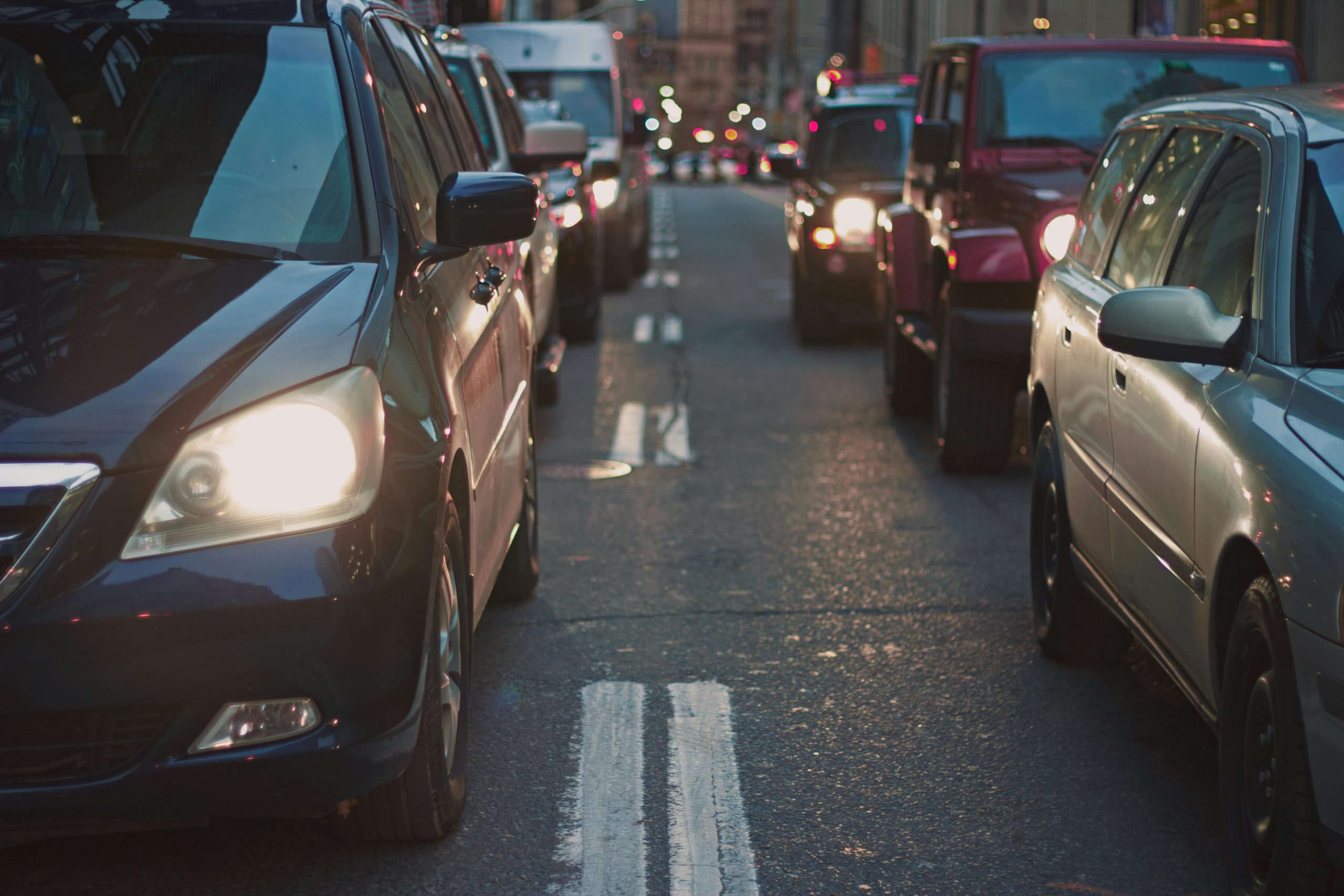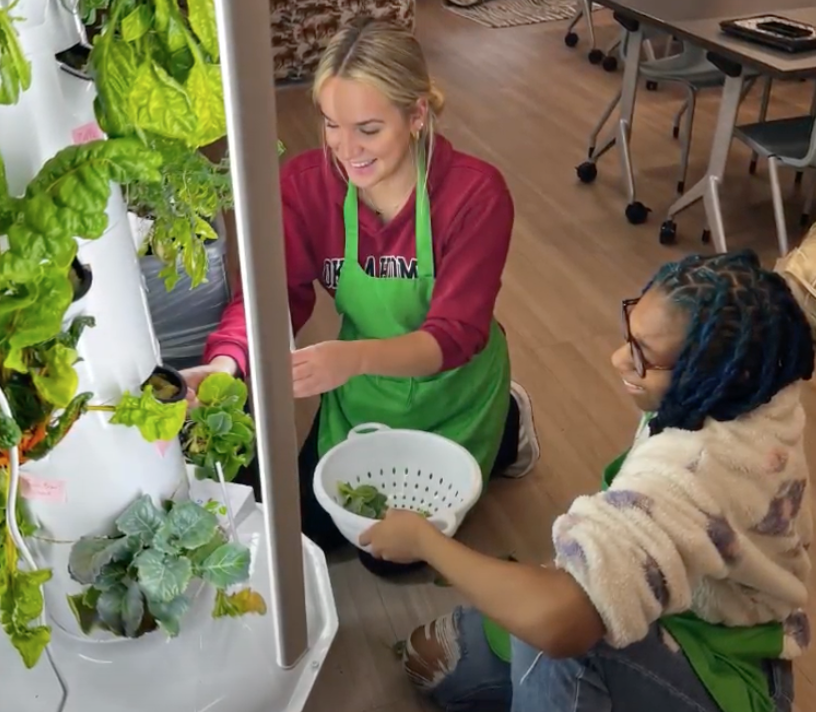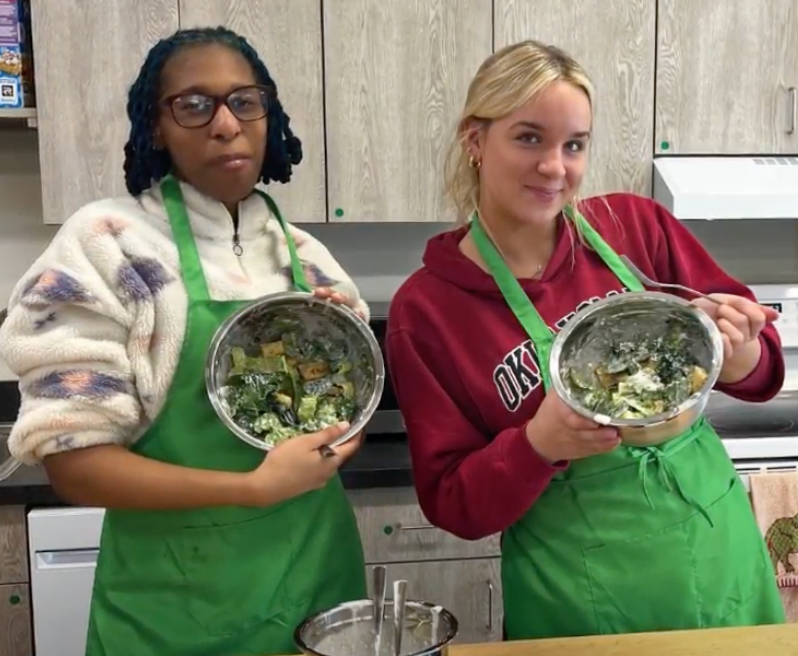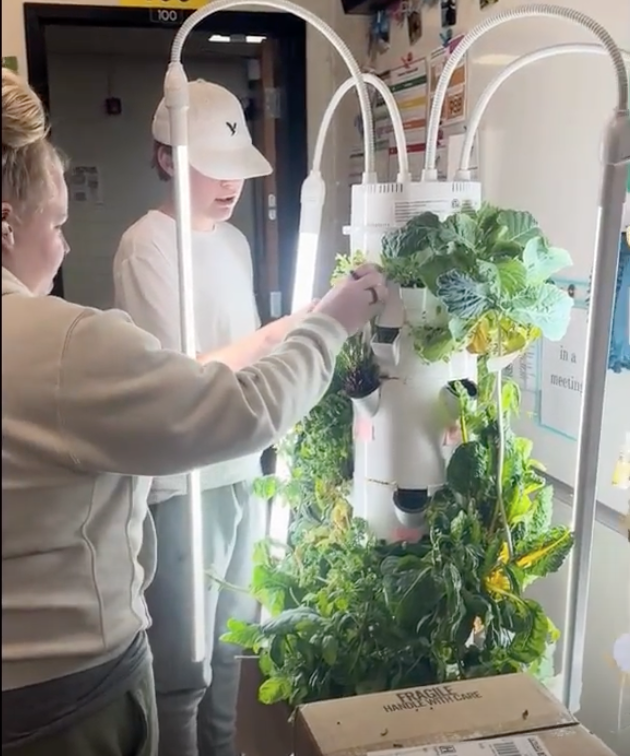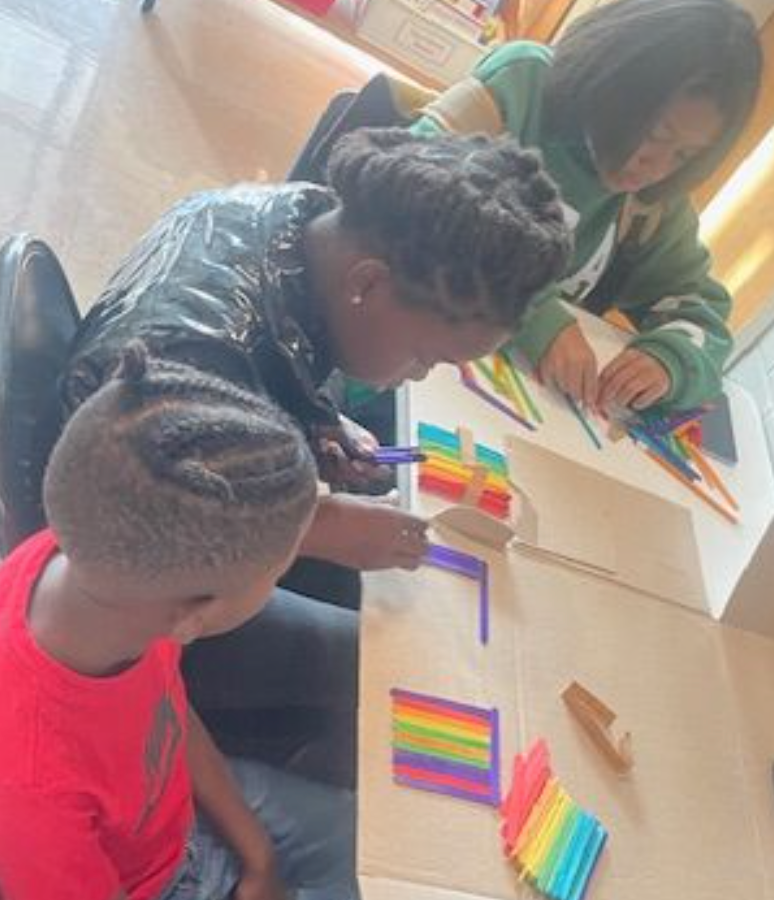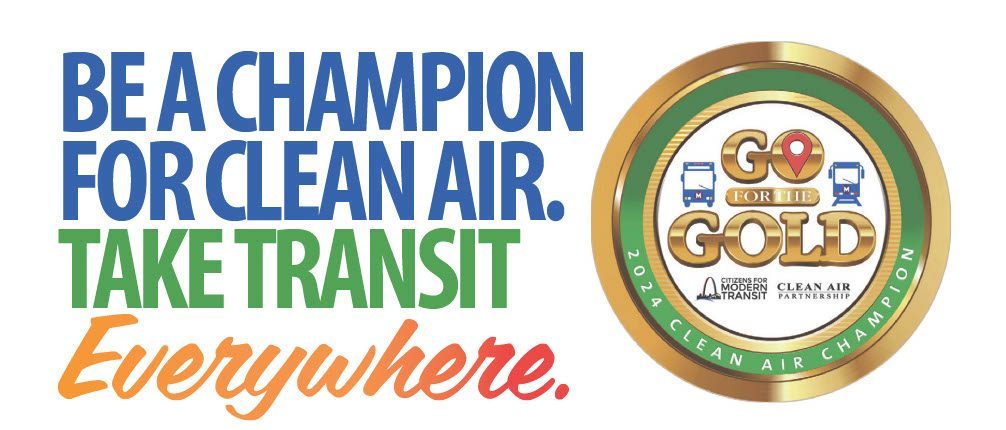Contemporary Art Museum St. Louis (CAM) works to enrich lives and inspire curiosity, creativity, and learning through experiences with contemporary art, while also being dedicated to fostering a sustainable future by integrating environmentally conscious practices. Located in the Grand Central Arts District, CAM provides 100+ events and community engagements per year, ranging from art education workshops in Saint Louis Public Schools to artist talks. CAM recognizes that, in addition to sharing contemporary art with the local community, it can inspire green initiatives through example. That is why this month, the Clean Air Partnership is proud to highlight CAM’s sustainability initiatives that are having a positive impact on the planet and communities it serves.
“Our CAM Green Team has brought together representatives from multiple departments to achieve one goal: to make our establishment more sustainable, eco-friendly and localized in any way that we can,” said Brandon Barr, Teen and Adult Programs Manager at CAM. “Our hope is that our efforts, joining with other institutions in the Green Business Challenge, will inspire more entities to do the same. Change is needed on a large scale, but it has to start somewhere. We hope that CAM’s small spark can aid in igniting a mass effort to make things better for generations to come.”
Re-joining the Green Business Challenge in 2023 at the Apprentice level, Contemporary Art Museum St. Louis implemented several green initiatives under the direction of their Green Team, such as establishing a no-idling plan at their loading dock and installing idle-free signage. Likewise, CAM updated signage around existing recycling receptacles throughout the building and installed and distributed sustainability education signs and information for the workplace and at home.
During the Challenge, CAM made updates to its HVAC system and window shades in the main galleries to protect artwork on view from light and moisture and reduce the museum’s overall energy usage and related emissions. CAM also installed motion sensor light switches in all its public restrooms to further reduce excess energy use.
Other innovations included a partnership with a local vendor that upholds a green purchasing and compostable single serving policy to take over CAM’s café operations. The museum also eliminated the use of Styrofoam and single use plastic for meetings and events, replacing disposables with glass, aluminum cans and refillable serving options. Additionally, CAM adopted a Green Purchasing Policy for all janitorial, cleaning and maintenance supplies that are sourced from local green vendors.
To learn more about Contemporary Art Museum St. Louis’ sustainability efforts and how your company can get involved in the St. Louis Green Business Challenge, subscribe to their bi-monthly E-Newsletter or visit stlouisgreenchallenge.com. For more on the link between sustainability and air quality, explore our website, like us on Facebook or follow us on X, formerly known as Twitter, @gatewaycleanair.
